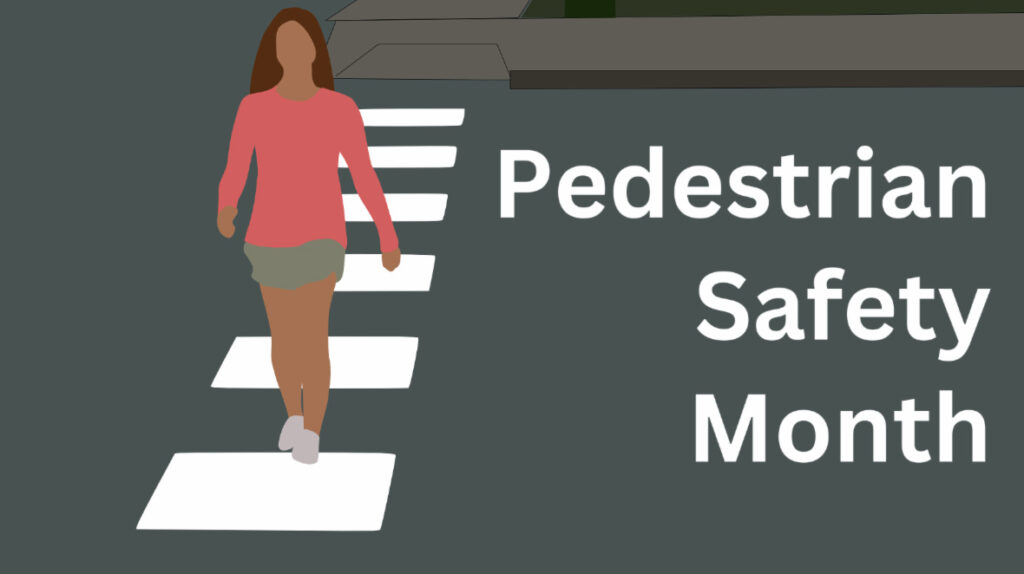
Tips for Pedestrians Traveling Abroad
- Be aware of traffic patterns and understand local road culture.
- Be especially careful when traveling in a country where vehicles drive on the opposite side of the road to which you are accustomed.
- Remember that the CURB DRILL (look right, look left, look right again) must be reversed in countries where the traffic pattern is reversed.
- Carry important information on paper and on your cell phone. Important travel information includes language tips, detailed local maps, public transportation schedules and locations, approved transportation companies, medical contacts, and US Embassy phone numbers.
- It is often safer to cross an intersection with a group than alone, but do not rely on others to watch out for you.
- Use extra caution in countries with narrow, winding streets where visibility of pedestrians may be compromised.
Tips for Pedestrian Safety
- Follow the rules of the road and obey signs and signals.
- Walk on sidewalks whenever they are available. If there is no sidewalk, walk facing traffic and as far from oncoming traffic as possible.
- Cross streets at crosswalks or intersections. Look for cars in all directions.
- If a crosswalk or intersection is not available, locate a well-lit area where you have the best view of traffic. Wait for a gap in traffic that allows enough time to cross safely; continue watching for traffic as you cross.
- Watch for cars entering or exiting driveways or backing up in parking lots.
- Avoid alcohol and drugs when walking; they impair your abilities and your judgment.
- At night, wear or carry something reflective or carry a light so motorists will notice you.
Tips for Drivers
- Look out for pedestrians everywhere, at all times.
- Yield to pedestrians in crosswalks.
- Stop with enough space to allow other vehicles an opportunity to see the crossing pedestrians so they can stop.
- Learn unfamiliar traffic signs.
- Be aware of traffic lights and signs placed in unfamiliar or unexpected positions.
- Get into or out of a vehicle on the side nearest the sidewalk or edge of the road.
- Never drive under the influence of alcohol and/or drugs.
- Be extra cautious when backing up and look for pedestrians.
- Follow the speed limit, especially around people on the street, in school zones, and in neighborhoods where children are present.
